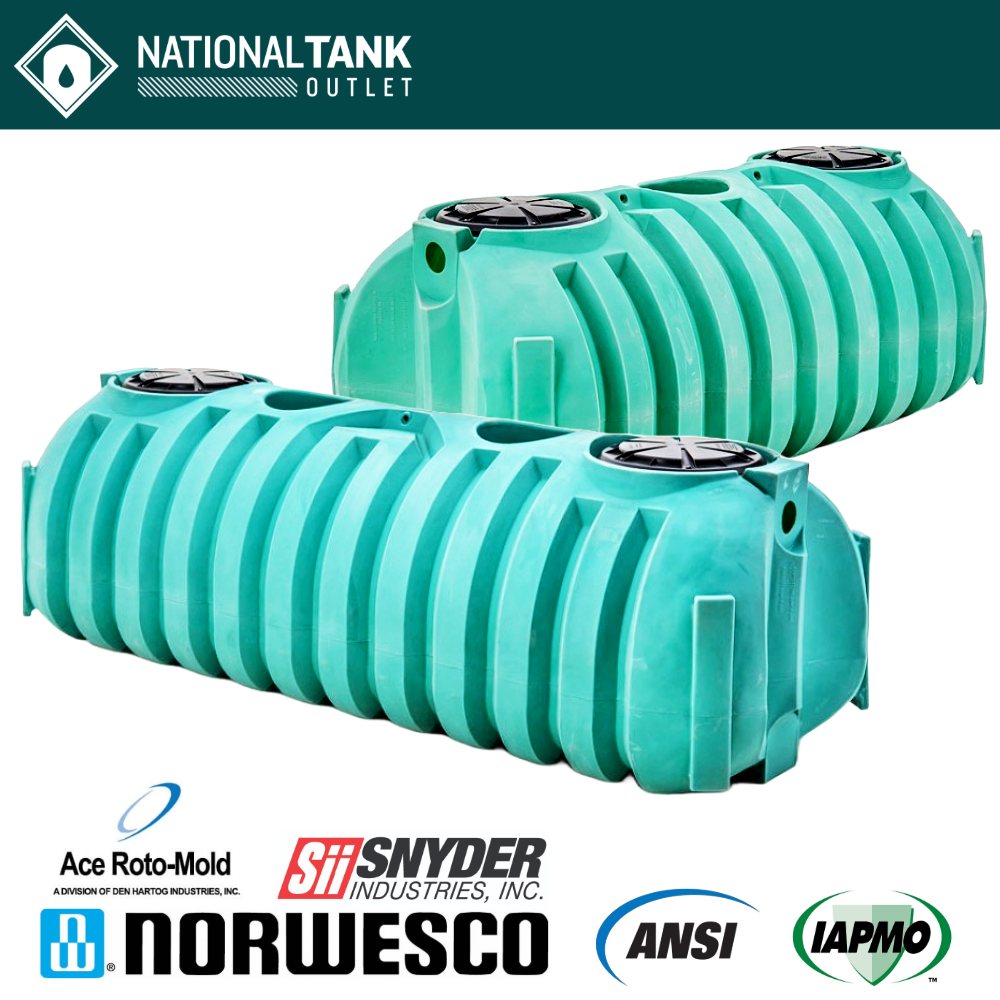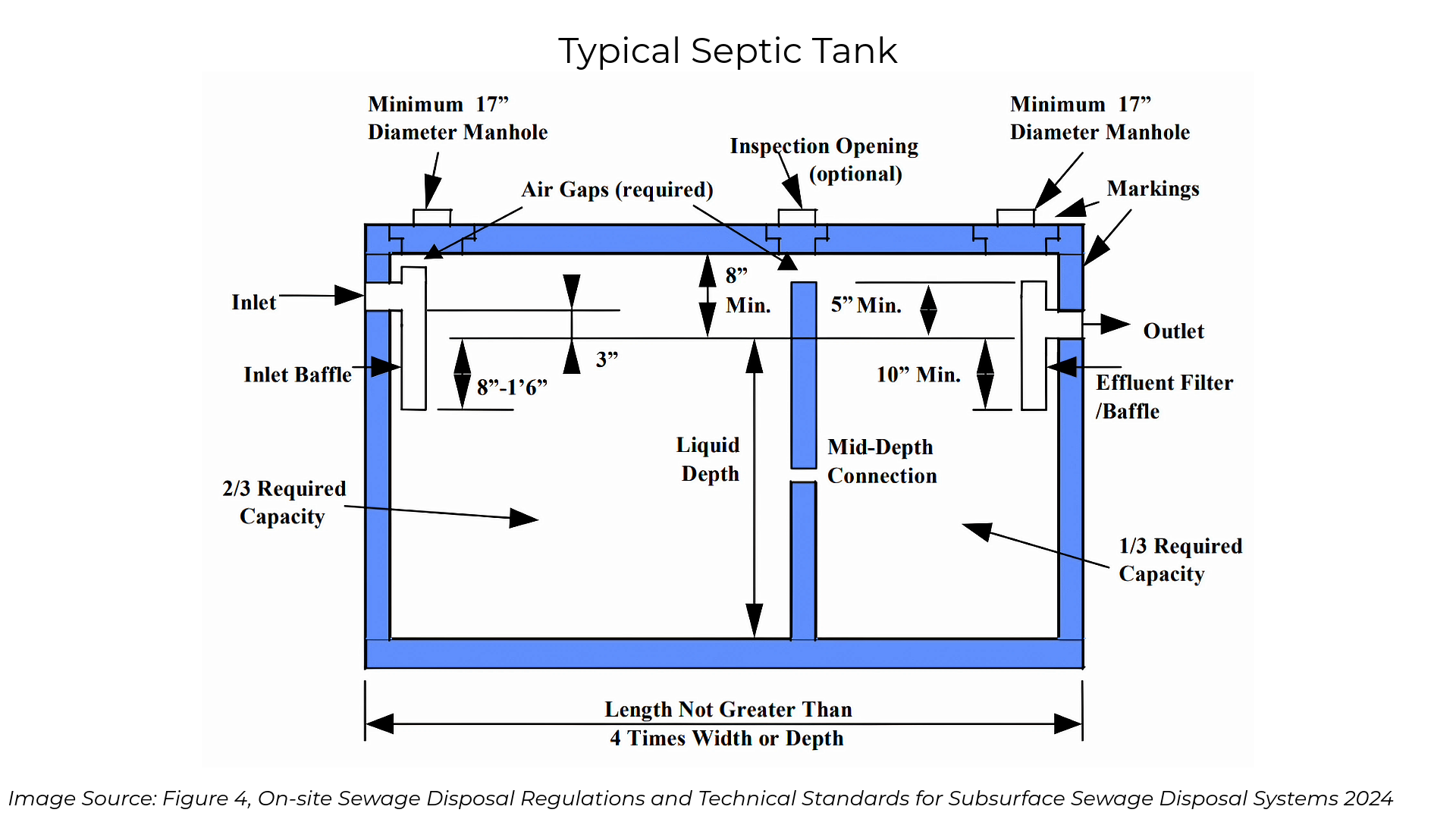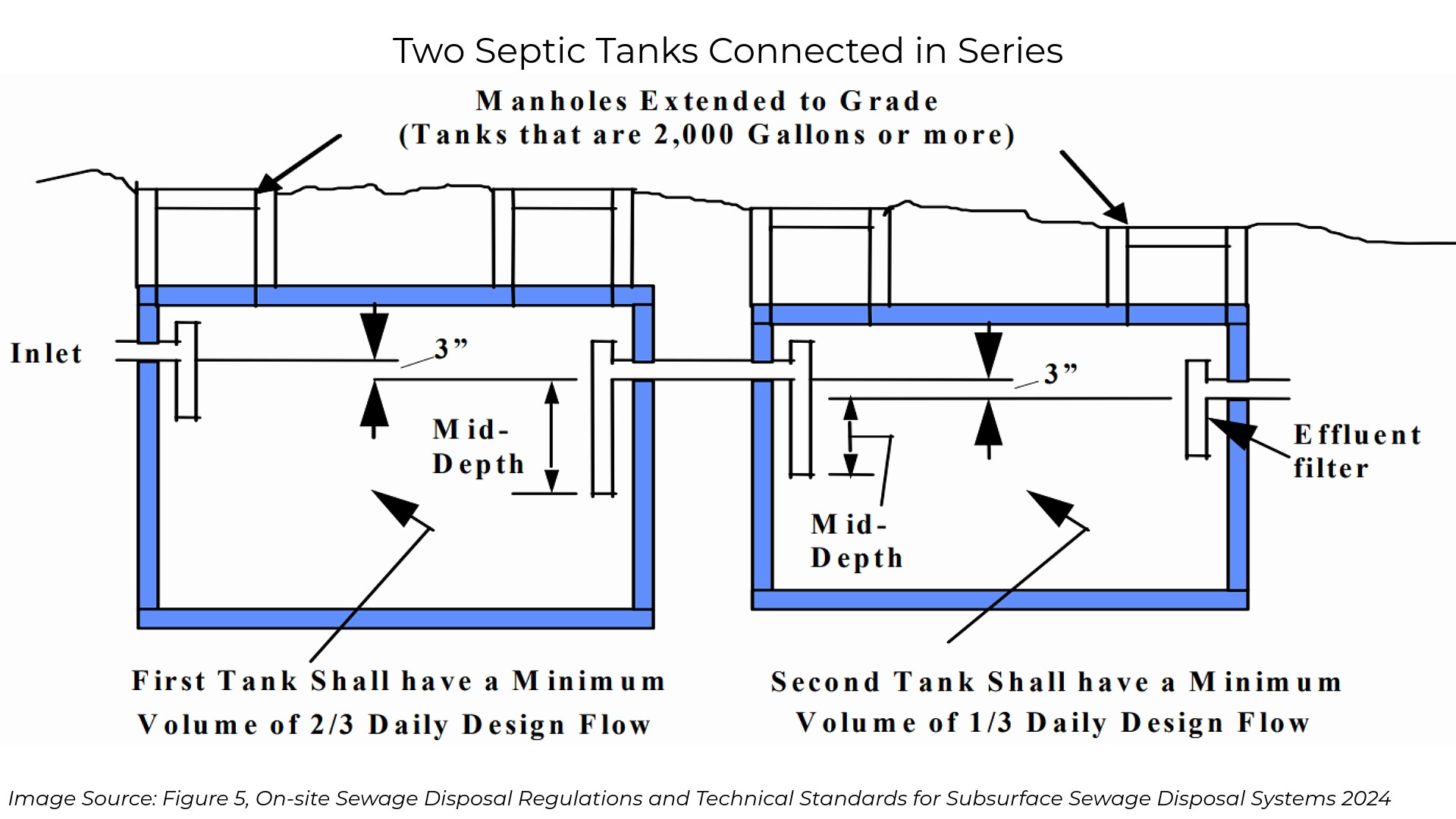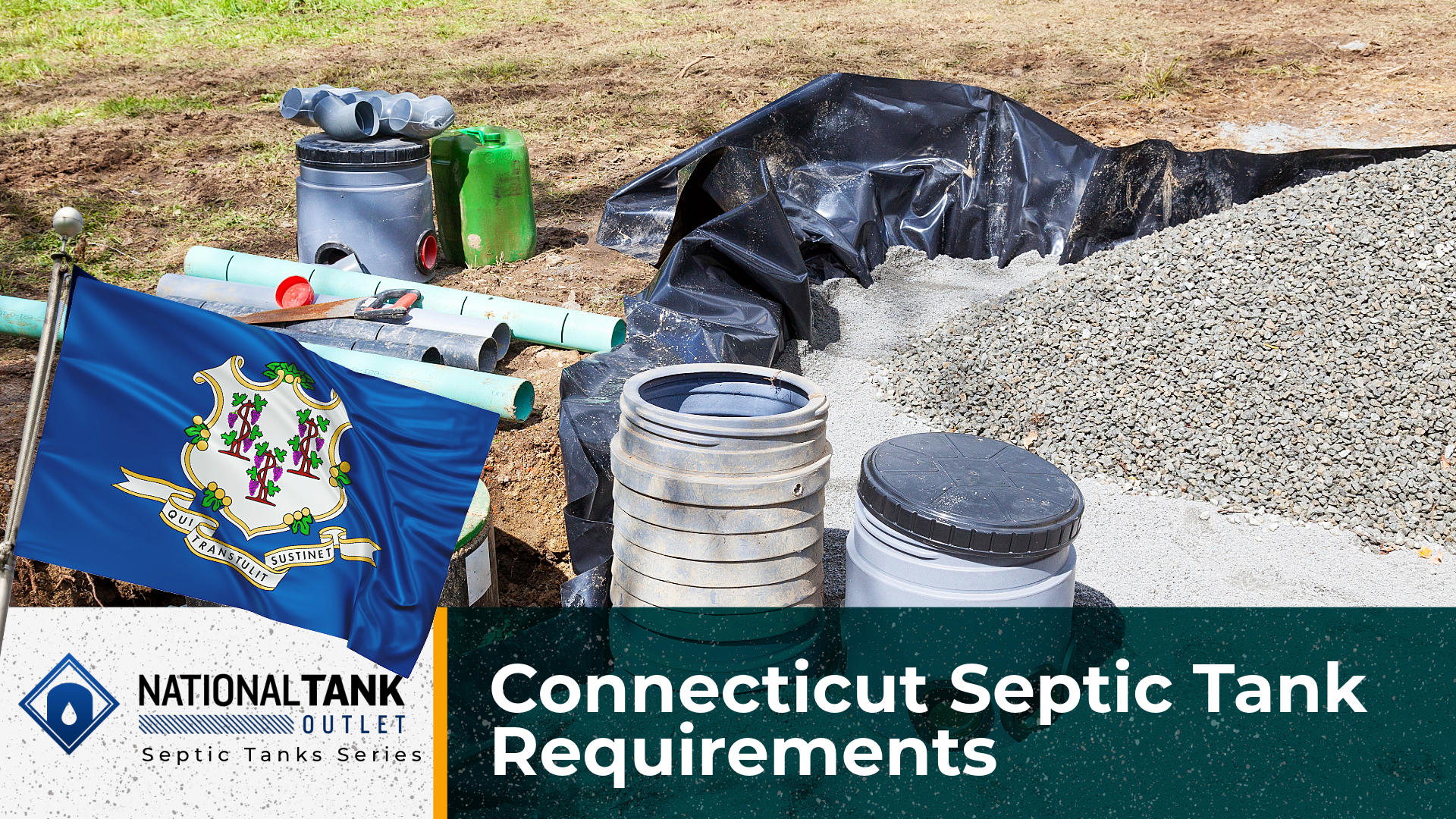
For many Connecticut residents living in both rural and suburban landscapes, septic tanks are necessary to manage wastewater created onsite by water fixtures inside the property. These vital systems collect, hold, and treat wastewater to ensure sanitary living conditions as well as to protect public health and the environment. The installation and operation of septic tank systems fall within a set of state-regulated requirements that are enforced by state and county government departments. In this guide, we will look at the Connecticut septic tank requirements that homeowners, contractors, and anyone concerned with responsible wastewater treatment need to know.
Connecticut State Septic Tank Regulations
Connecticut’s septic tank regulations are governed primarily by two state departments: the Connecticut Department of Public Health (DPH) and the Connecticut Department of Energy and Environmental Protection (DEEP). Both agencies enforce regulations outlined in the Public Health Code (PHC) Section 19-13-B103 and the Technical Standards for Subsurface Sewage Disposal Systems. Additional regulations may be put in place and handled by local health departments.

Depending on the size of the septic tank system, the regulatory department will change. In general:
- The Connecticut Department of Public Health (DPH) oversees septic systems on a property designed to receive 7,500 gallons per day or less of wastewater flow.
- The Connecticut Department of Energy and Environmental Protection (DEEP) manages larger septic systems that exceed 7,500 gallons per day of wastewater flow as well as alternative treatment systems and community sewage systems.
Connecticut Septic Tank Definitions
In the state of Connecticut, septic tanks and the complete working system are collectively referred to as a Subsurface Sewage Disposal System, abbreviated SSDS.
Can I Install My Own Septic Tank in Connecticut
The short answer to this question is no, you cannot install your own septic tank in Connecticut as you must be licensed and certified by the state. When it comes to installing a septic tank in Connecticut, the state’s regulations are clear and strict due to the critical role of septic systems in public health and in protecting the environment.

Connecticut law requires homeowners to hire a certified engineer to design their system and to use a septic installer licensed “pursuant to Section 20-341 of the General Statutes” to construct it. Such professionals are educated, trained, and state-certified to make sure the entire process follows all state and local requirements.
Requirements
The Connecticut state law codes further specify that a “code-complying area” must be identified on the property as a suitable location for the installation of the septic system. This is an area that meets all requirements of the Public Health Code for subsurface sewage disposal systems. A licensed installer has the expertise to identify a suitable location that complies with these code requirements.
Becoming Licensed to Install a Septic Tank in Connecticut
Anyone who wants to become a licensed septic installer in Connecticut must pass a specific course and evaluation. The course covers the range of topics necessary to septic tank systems such as siting, design, components, construction, and maintenance. Upon successful completion, individuals can obtain the necessary permits and install septic systems legally.
Can a Polyethylene Septic Tank Be Installed and Used in Connecticut
Yes, polyethylene plastic septic tanks are approved for use and installation in Connecticut. According to Appendix D of the DPH On-Site Sewage Disposal Regulations, approved non-concrete septic tanks are made by a select few manufacturers including Snyder Industries, Norwesco, and Den Hartog Industries (Ace Roto-Mold). We at the National Tank Outlet provide polyethylene septic tanks made by these manufacturers and approved for use in Connecticut.
Key Septic Tank Requirements
Permits | Approval to Construct
The construction of a new septic system, alteration of an existing system, or repair of a subsurface sewage disposal system (SSDS) requires an “approval to construct” permit before any work is performed. Additionally, before a septic system can be used to receive wastewater discharge from a building, a discharge permit must be filed and approved. In the state of Connecticut, permits are handled by the local Director of Health (DOH) or a registered sanitarian.
Approval to construct permits have to be submitted by the property owner or a legal representative and will require a plot plan of the lot, (surveyor’s plan), a licensed installer, soil tests, site evaluation data, on-site water supply info, basis of design, design plan, and a professional engineer plan (if required). Information on permit requirements and other installation preparation requirements can be found on page 6 of the Connecticut Technical Standards for Subsurface Sewage Disposal Systems.
The permitting process will vary depending on the septic system’s size and complexity:
- Standard Systems (<2,000 gallons per day flow): Require permits from local Health Departments based on compliance with DPH regulations.
- Systems between 2,000 and 7,500 gallons per day: Need DPH approval of system plans.
- Large Systems (>7,500 gallons per day), alternative systems, and community systems: Require DEEP permits and potentially extensive engineering plans and environmental studies.
The Form #1 application for approval to construct permit can be found on page 51 of the Connecticut Technical Standards for Subsurface Sewage Disposal Systems document.
Permits | Permit to Discharge
After approved and the septic tank system is built and before use, the new system must be inspected to determine compliance with the requirements of Section 19-13-B103d. If the system passes, the application for a permit to discharge can be submitted for approval. When approved and received, the permit to discharge allows the septic tank system to be used. The permit to discharge application is Form #4 on page 58 of the Technical Standards document.
Site Evaluations
Site evaluations of a property for the installation of a septic tank system in Connecticut must be completed by a local health agent or a professional engineer. This requirement is due to the extent of the information that must be gathered, the technical know-how required, and the complexity of the data to be evaluated and compared to standards and codes in order to determine the suitability of the site for a conventional septic tank system.

During a site investigation, the applicant (property owner) may have to provide for the digging of holes for percolation tests and deep observation pits. These holes may be over four feet in depth. The applicant will also have to be able to provide sufficient water on-site to complete these tests.
Septic System Siting and Design
Connecticut septic systems must be strategically located to maintain a minimum distance from nearby water wells, surface waters, property lines, and other structures.
According to Section 19-13-B103d, a septic tank system plan will include, at minimum: “the location of the house sewer, the location and size of the septic tank, the location and description of the leaching system, property lines, building locations, watercourses, ground and surface water drains, nearby wells and water service lines.”
For many homeowners and property owners, having the septic tank system designed by a professional engineer is recommended and often the best option.
Septic System Components
A conventional subsurface sewage disposal system (SSDS; aka septic system) typically features a septic tank, (either concrete, polyethylene, or fiberglass), a leach field with distribution box and drain lines with perforated pipes and drainage substrate, and the piping (often PVC pipe) needed to connect the leach field to the septic tank to the property’s structure(s). The septic tank size and size of the leach field will depend on the size of the property and the amount of wastewater the system is expected to handle.
Septic tanks must be either two (2) compartment septic tanks or single compartment tanks installed in a series. Tanks must include an inlet and outlet baffle. Tanks must be sized and constructed according to capacity needs and regulations.
Septic Tank Size Required in Connecticut
Septic tanks must be sized and manufactured according to the property’s needs and state regulations. According to Connecticut code guidance, residential septic tanks must be sized to 1,000 gallons, minimum for homes with 1-3 bedrooms. For homes with more than 3 bedrooms, add 125 gallons to the septic tank capacity for each additional bedroom. For example, a 5 bedroom home would need a 1,250 gallon capacity septic tank, at minimum.
The following table summarizes septic tank sizes required in Connecticut for residential homes:
| Bedrooms | Single Family | Mulit-Family |
| 1-3 Bedrooms | 1000 Gallons | 1250 Gallons |
| For Each Additional Bedroom Beyond 3 | Add 125 Gallons per Bedroom | Add 250 Gallons per Bedroom |
Table Source: CONNECTICUT PUBLIC HEALTH CODE, On-site Sewage Disposal Regulations and Technical Standards for Subsurface Sewage Disposal Systems, 2024
For non-residential properties or residential complexes, the required septic size in Connecticut will depend on various factors such as what the business discharges and additional equipment. According to Connecticut guidance, these septic tanks should be a minimum of 1,000 gallons or the 24-hour design flow, whichever is greater in volume.
Septic Tank Installation in Connecticut
A septic tank in the state of Connecticut must be installed by a licensed and certified professional contractor. Septic tank installation will involve excavation, access by machinery and vehicles, and setting of plumbing. Having a plan on how to allow vehicles and machinery access to the site is recommended.
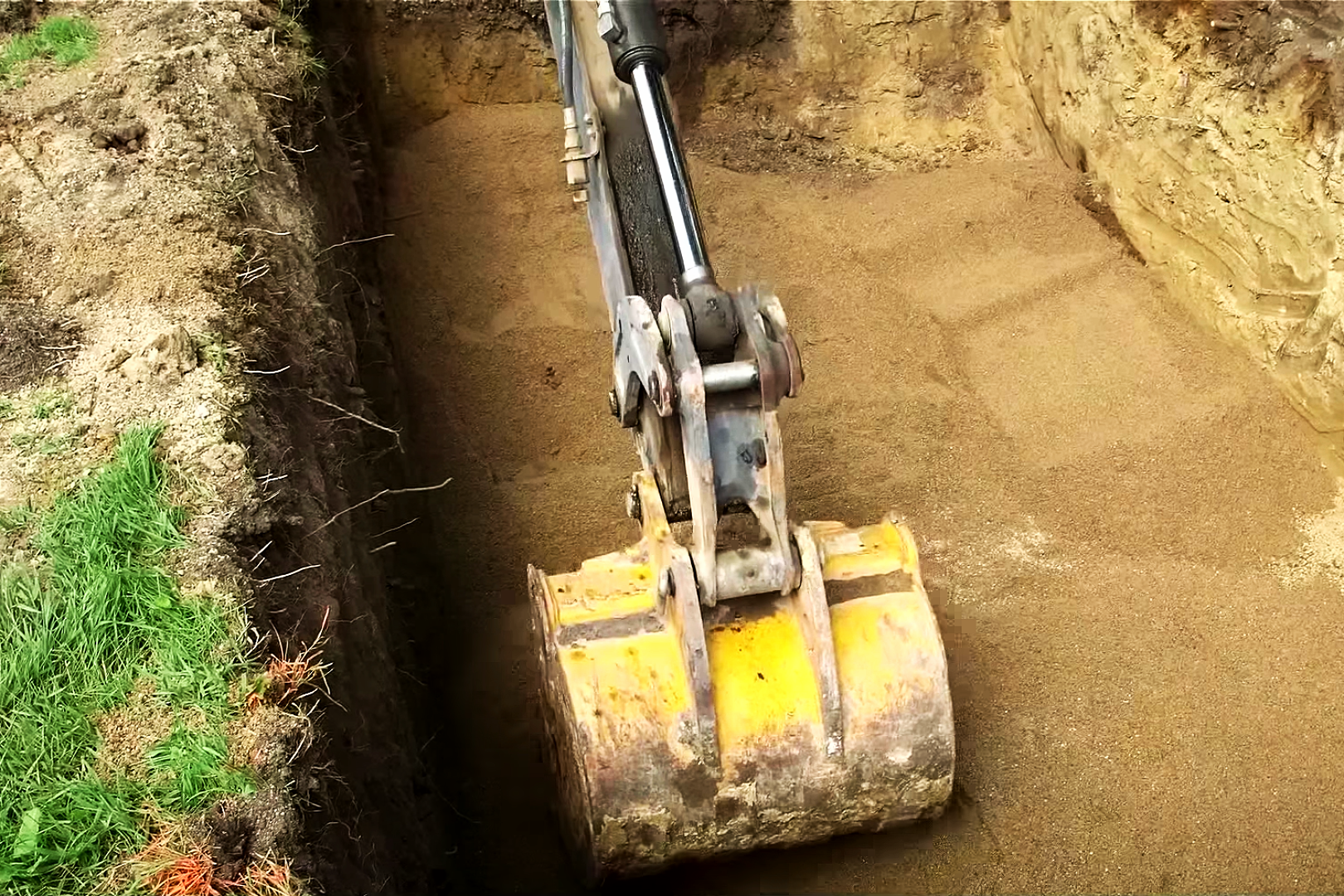
The National Tank Outlet recommends polyethylene septic tanks. Plastic septic tanks are heavy-duty durable against impacts and drops, resistant to acidic soils and corrosion, and significantly lightweight compared to concrete septic tanks. The lightweight nature of polyethylene septic tanks makes them much easier to transport by vehicle and maneuver into place for installation, which is ideal for sites with hard-to-access areas or other property features that can make vehicle maneuverability difficult.
Inspections
All installations, repairs, and replacements require permits from the relevant agency as well as an inspection when installation is complete to ensure compliance. Professional inspections are recommended regularly to check for leaks and other potential issues that could affect the system’s effectiveness and lifespan.
Maintenance and Pumping
Regular septic tank maintenance includes pumping to remove sludge and scum buildup, cleaning of effluent filters (if installed), and inspections of inlet and outlet baffles. Maintenance should be done as often as needed to prevent buildup and to keep the system working properly. The frequency of maintenance will depend on the system size and usage and is on average recommended every 3 to 5 years.
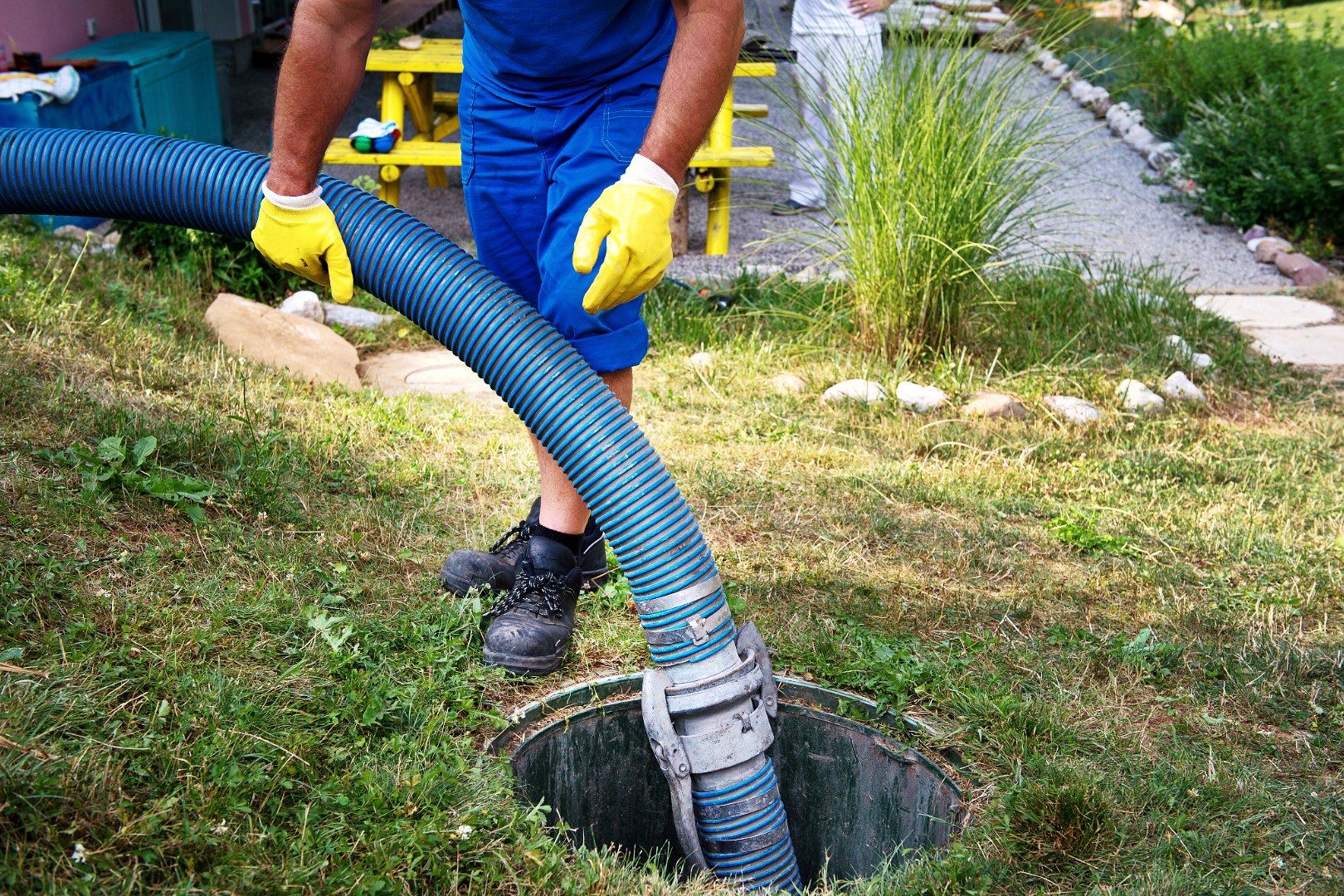
Need a Septic Tank in Connecticut? Trust the National Tank Outlet
If you are a homeowner or business owner looking at septic tanks to get estimates on an upcoming project, or if you are a contractor needing a septic tank for a job, trust the National Tank Outlet to deliver.
We offer a wide range of modern polyethylene septic tanks in sizes up to 20,000 gallons. Our septic tanks are engineered and manufactured to meet Connecticut’s code requirements and provide reliable, long-term service and are listed with our lowest price guarantee. Explore our catalog of Connecticut approved septic tanks or contact us to discuss quotes on high-volume tanks for contractors.
Additional Resources
- Connecticut Department of Public Health, Environmental Engineering | Subsurface Sewage
- Connecticut Department of Energy and Environmental Protection | Subsurface Sewage Disposal Systems
- State of Connecticut Local Health Departments
Disclaimer: This guide is intended to provide general information and expectations around the installation and requirements of a septic tank and system in the state of Connecticut and is not intended to substitute for advice, legal counsel, or consultation from state departments or licensed professionals. The information provided is current and accurate to the best of our knowledge at the time of this writing. For specific advice on your individual situation, please consult with the Connecticut Department of Public Health (DPH), your local county department, or a licensed septic tank professional contractor.
